Mint plants (also known as Mentha) are most popularly known for their fragrant leaves.
There are several variations of mint plants, including spearmint and peppermint varieties, all of which are used for their aromatic qualities.
Mint leaves are used for their fresh taste and countless health benefits, including treating digestion, relieving nausea, and aiding nasal congestion.
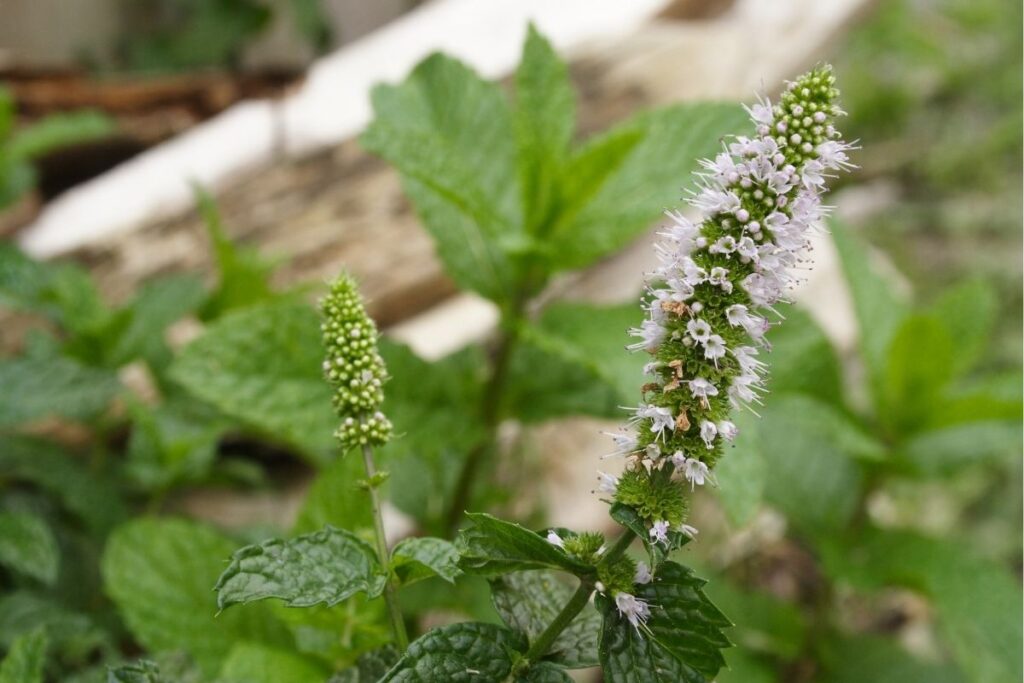
Unless you have grown mint plants before, what you might not know is that mint plants also grow flowers.
Not only are these flowers good for brightening up the plant, but they come with their own benefits.
When it comes to mint-colored flowers, however, the choices may seem slightly limited.
Mint isn’t a naturally occurring color in the world of flowers, but that doesn’t mean there aren’t some green flowers close enough to mint.
Whether you want to expand your knowledge of flowers or if you want to find the perfect mint shade for a floral arrangement, here is our guide to mint flowers!
1. Spearmint Flowers
When a mint plant grows in the right conditions, it will naturally begin to flower in early summer through fall.

Spearmint is the most common type of mint plant, with its flavorsome leaves being used in a variety of medicines, foods, drinks, cosmetics, and more.
Spearmint plants typically produce pink or purple flowers. The flowers grow on tall stems in clusters similar to a foxglove, but the clusters are made of much smaller flowers to give a fluffy appearance.
2. Peppermint Flowers
Peppermint is arguably the second most popular type of mint plant thanks to its distinctly sweeter flavor compared to spearmint thanks to the additional menthol, which is why the leaves are commonly used in candy.
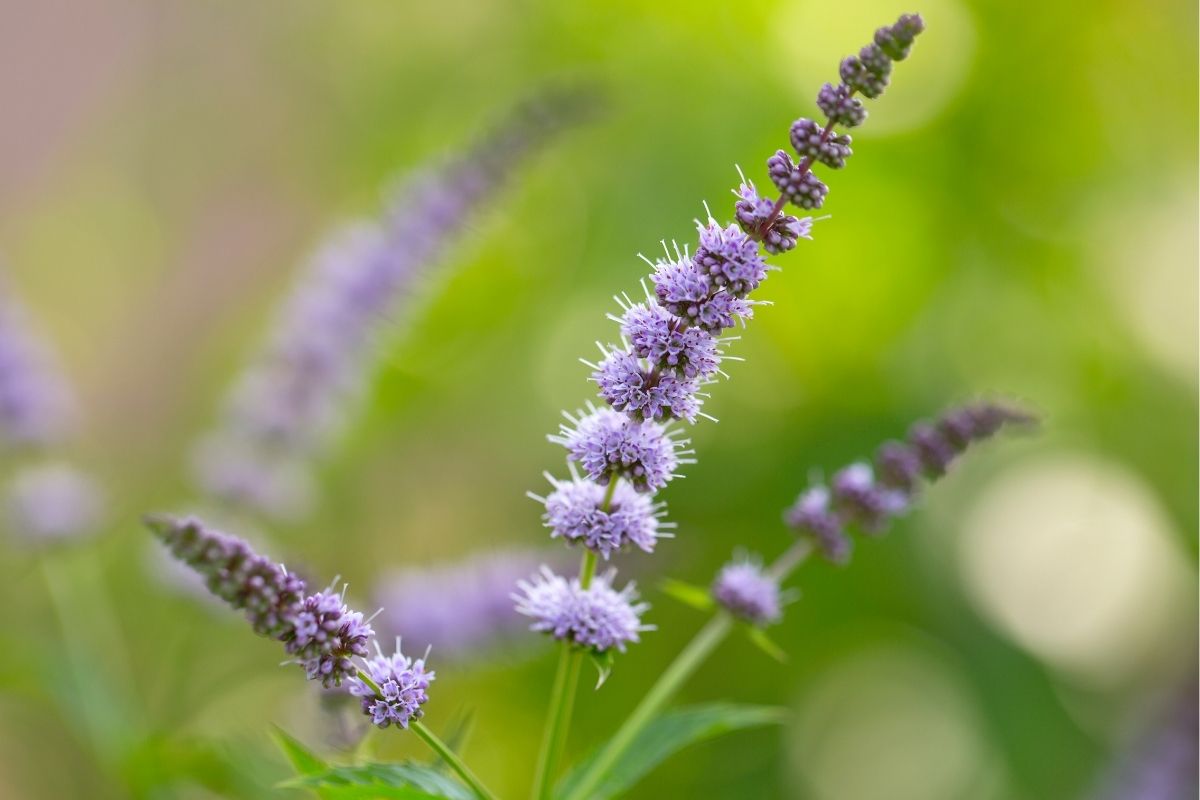
You never know what type of flower your peppermint plant will grow.
These plants will typically bloom bulbous clusters of white or purple flowers (sometimes a mixture of both), wherein the flowers themselves are long and tubular.
3. Lemon Balm
Belonging to the mint family, lemon balm consists of leaves that smell and taste like lemongrass or sherbet lemon.
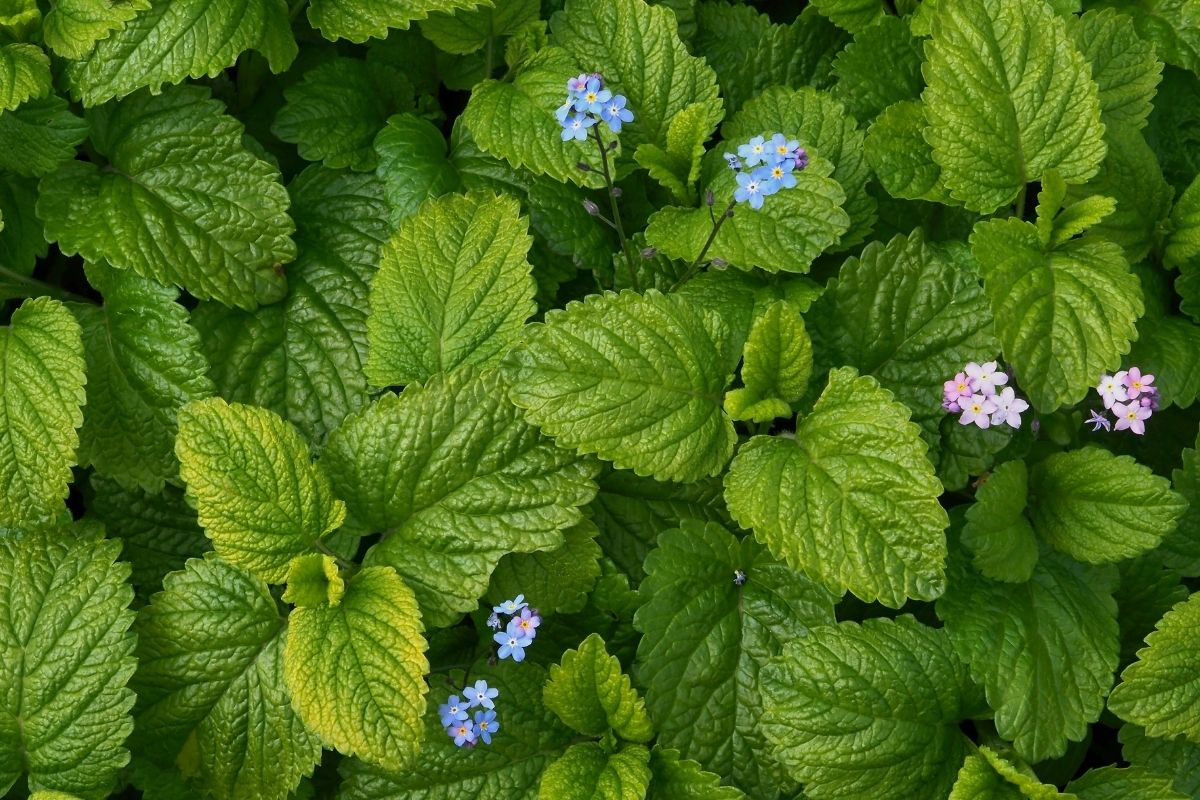
Along with its myriad health benefits, lemon balm is most commonly used as a herbal medicine for improving cognitive function and mood.
If your lemon balm plant is thriving in its conditions, it will likely produce small single white flowers.
Unlike some other mint plants, lemon balm isn’t known to produce many flowers, so you’ll know that your plant is happy when you see those little white buds.
4. Lemon Mint
While the plant sounds similar to lemon balm, lemon mint and lemon balm share several key differences.
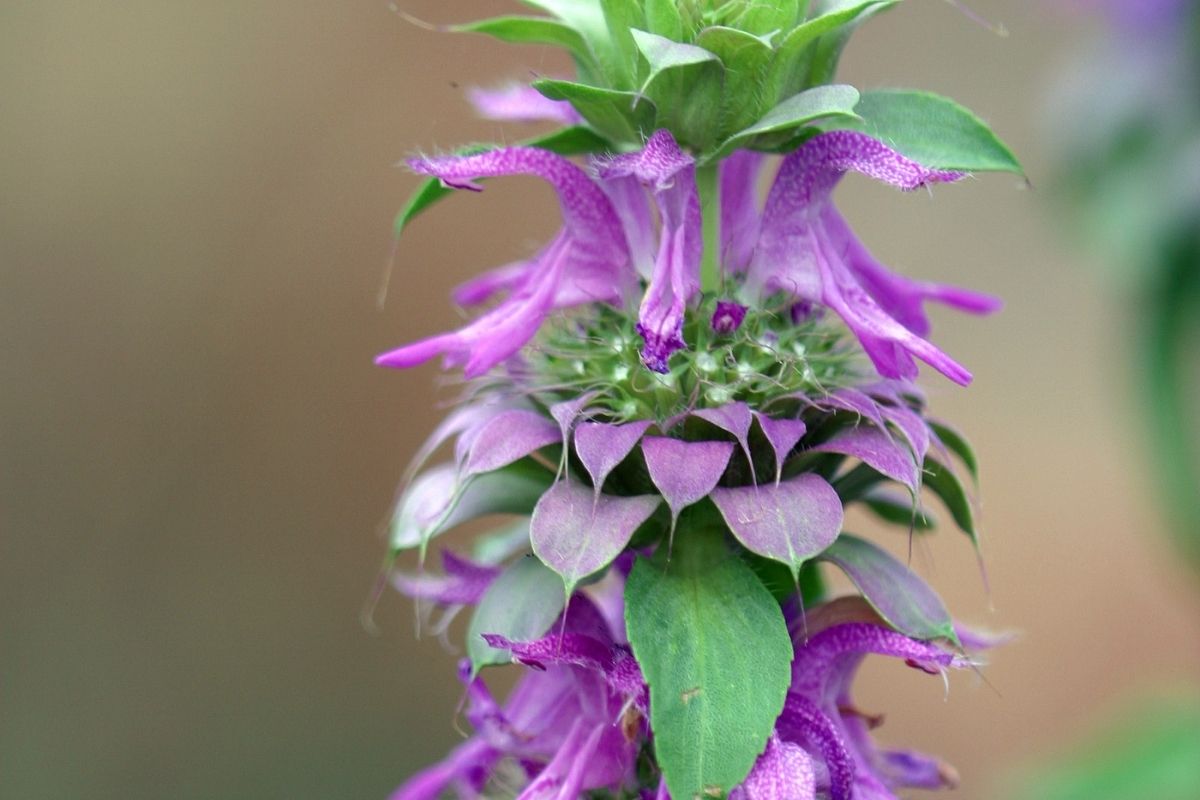
Firstly, lemon mint, as the name suggests, has a less citrus-like flavor compared to lemon balm, instead of hints of mint.
Secondly, lemon mint plants typically grow taller than lemon balm.
Thirdly, lemon mint almost always produces a show of fabulous flowers in summer.
They will bloom large and showy bouquets of purple flowers arranged in neat clusters, with subtle hues of white and pink.
5. Water Mint
As the name suggests, water mint plants thrive in moist and wet environments.
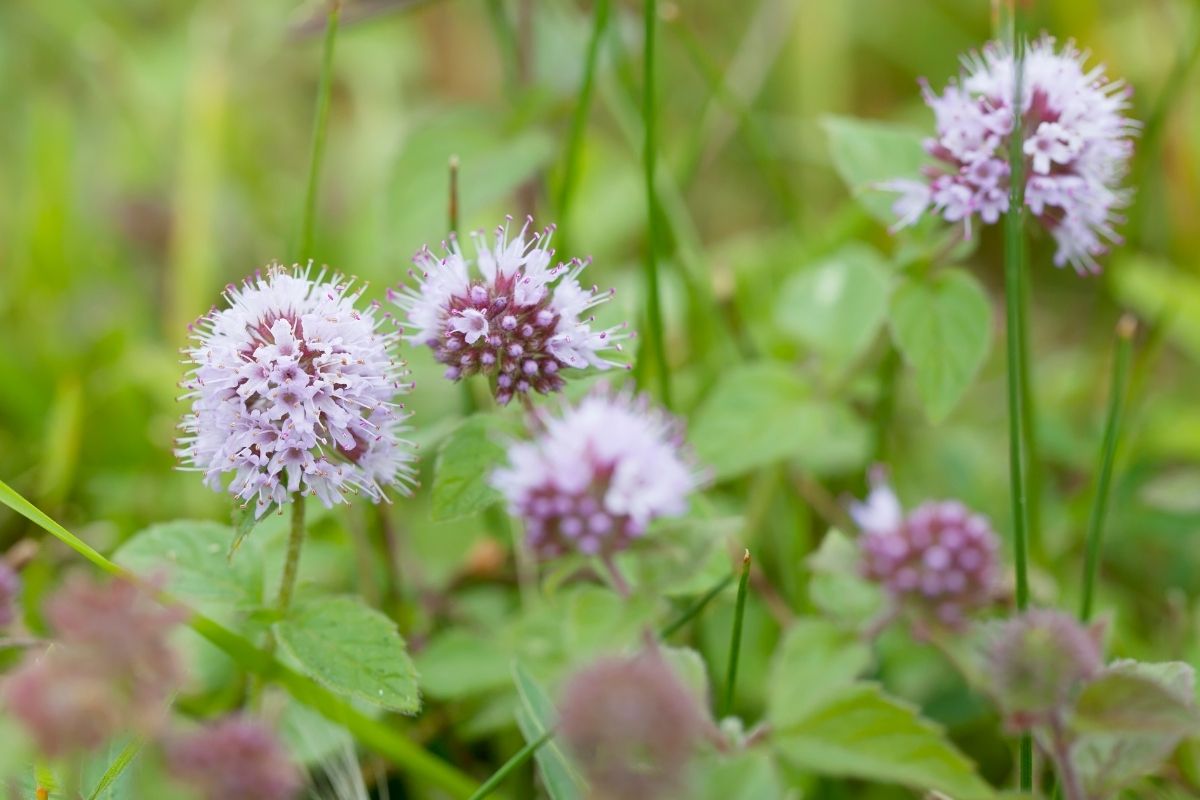
Most of the time, these plants will happily grow directly in water, which is why it appears frequently in wild ponds or bogs.
The leaves come with a sweet flavor and can be used like other mint plants.
Water mint plants will produce dense clusters of globe-like light pink or lilac flowers in summer. The pale stamens stretch beyond the petals, making the clusters appear fluffy.
6. Chocolate Mint
Closely related to the common peppermint plant, chocolate mint is a hybrid mint cultivar that was designed to blend the popular flavors and aromas of mint and chocolate together.
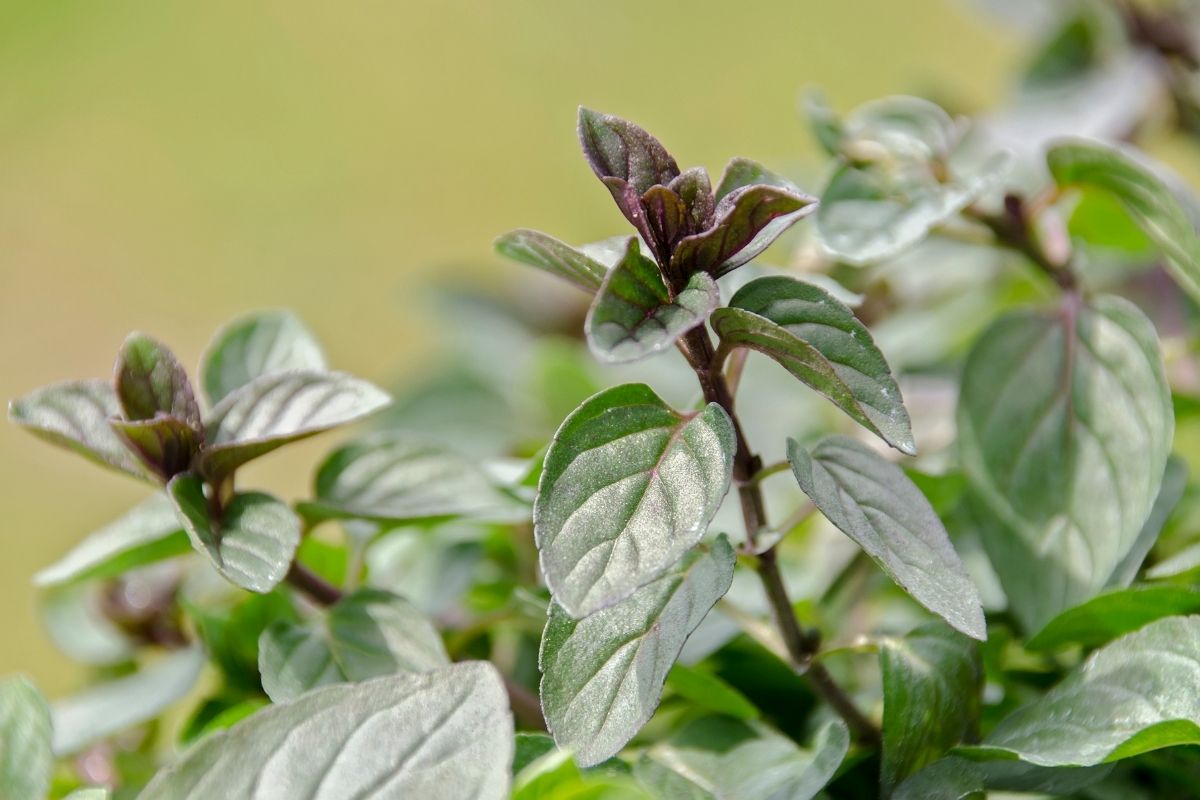
These plants feature rounder and darker leaves than most mint plants, and they are fast-growers that reach heights of up to 2 feet.
Chocolate mint plants produce clusters of small lavender flowers that create a stark contrast with the brown stalks.
7. Strawberry Mint
Like the chocolate mint cultivar, strawberry mint plants are a hybrid designed to blend the flavors of fresh mint and strawberry together.
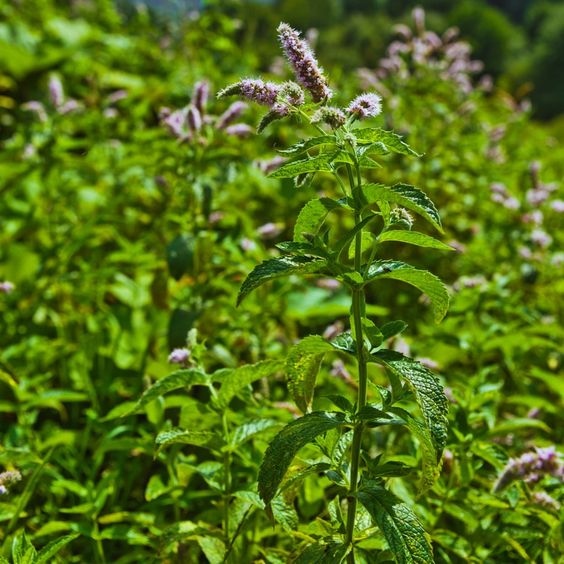
This refreshing and decadent flavor is most commonly used as a garnish in drinks such as mojitos. It’s no surprise that strawberry mint plants are highly favored!
Strawberry mint plants produce clusters of small lilac or light pink flowers around singular stalks. These flowers add to the decorative value of the overall plant.
RELATED: Tall and Sweet: The Ultimate Guide to Strawberry Trees
8. Apple Mint
Also known as the wooly mint or pineapple mint, the apple mint is a naturally occurring species in the mint family known for its minty flavors and pleasant fruity aftertaste.
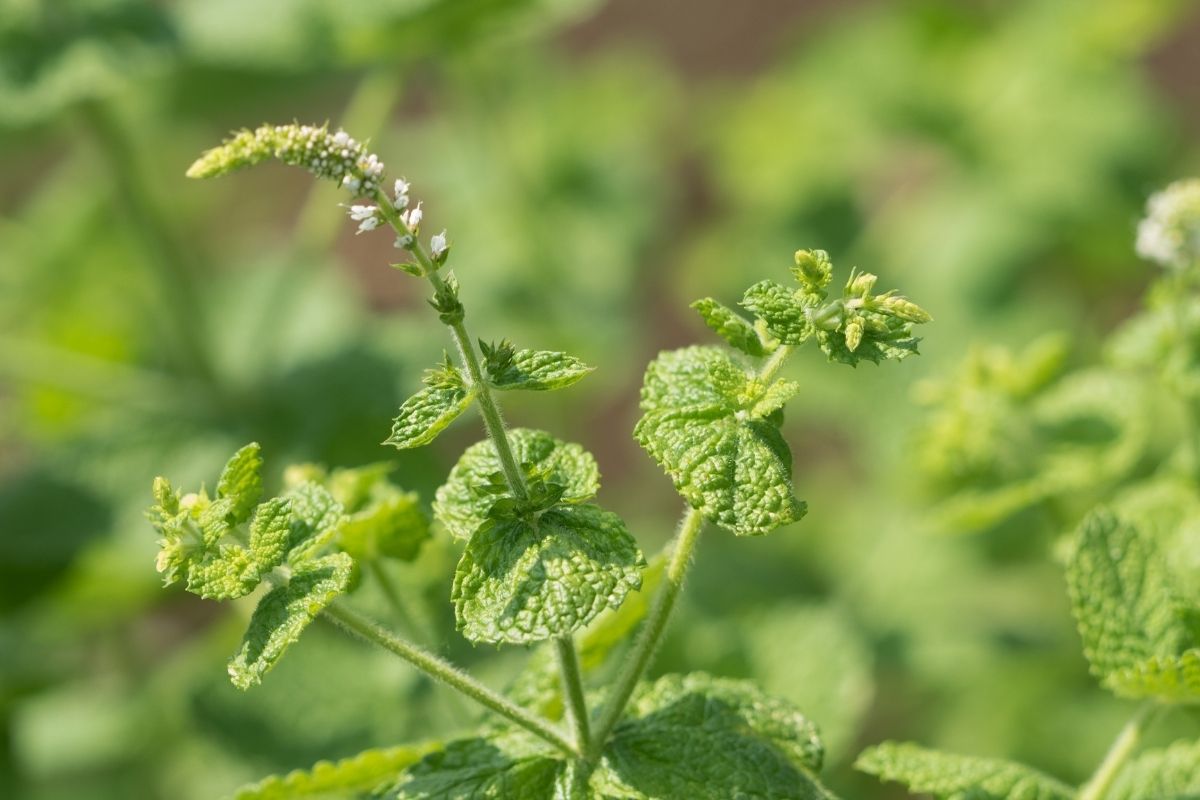
These leaves are commonly used as a cooking herb to add sweetness to a dish.
The reason why apple mint plants are often called wooly mints is because of their flowers. These plants produce dense clusters of light pink flowers that are so tightly packed they look fluffy, or wooly!
9. Grapefruit Mint
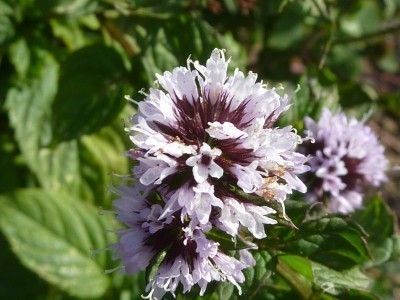
As the name suggests, grapefruit mint is a mint plant variety that produces leaves with a distinctive fruity, grapefruit-like aftertaste.
This intensely aromatic perennial is a fast-grower and spreader, which is why it is most commonly grown in plant pots. Like most mint plants, the grapefruit mint is easy to grow and care for.
Grapefruit mint plants produce rounded clusters of tubular light pink flowers with hints of purple.
10. Catmint / Catnip
Catmint is most widely known as catnip thanks to the plant’s appeal to domestic cats.
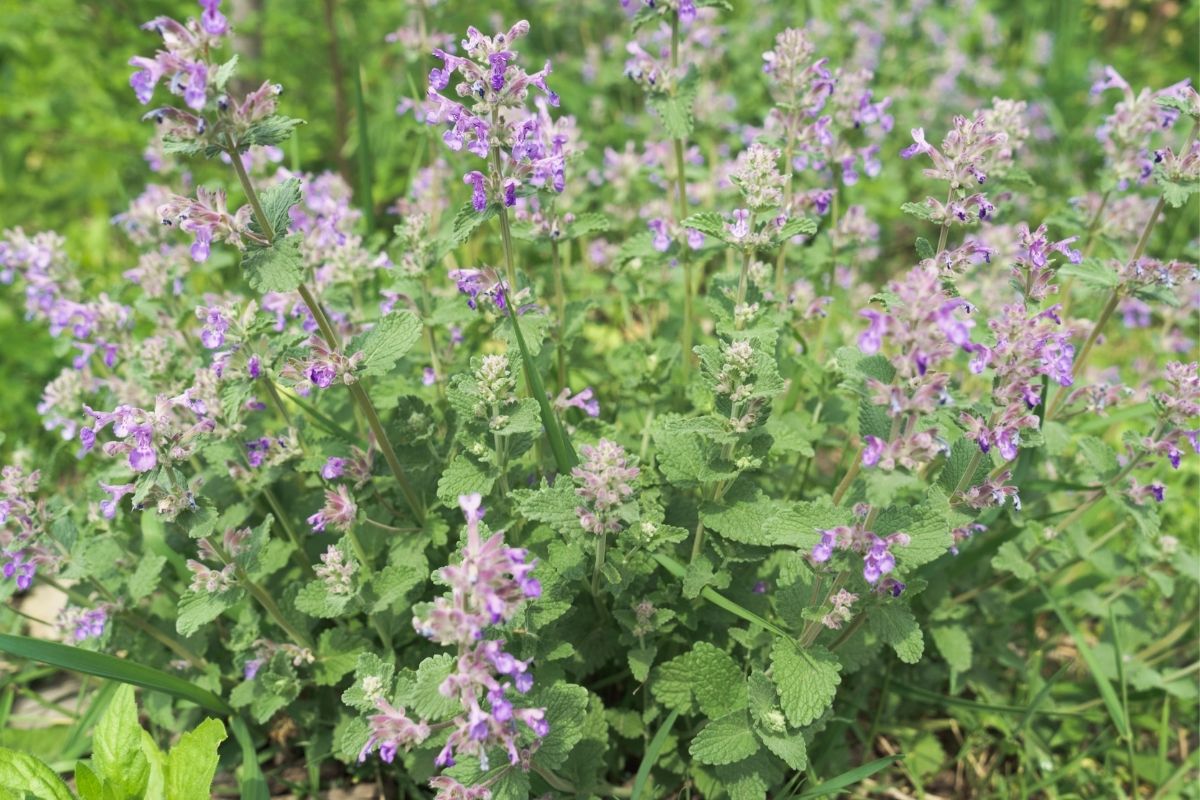
Whenever a cat toy is marketed with catnip, it is filled with the dried leaves of catmint, which is known to make cats very, very happy.
While it might not be as tasty as other mint varieties for humans, catmint is a beautiful mint plant to have in a garden.
Catmint produces a sea of narrow spikes filled with lavender-blue flowers, making the plant look similar to a lavender plant. As the stalks splay outwards, catmint is often used to soften the borders of flower beds.
Mint-Colored Flowers
11. Chrysanthemum
Also known as mums, chrysanthemums are a beloved perennial known for their consistency, easy maintenance, and simple beauty.
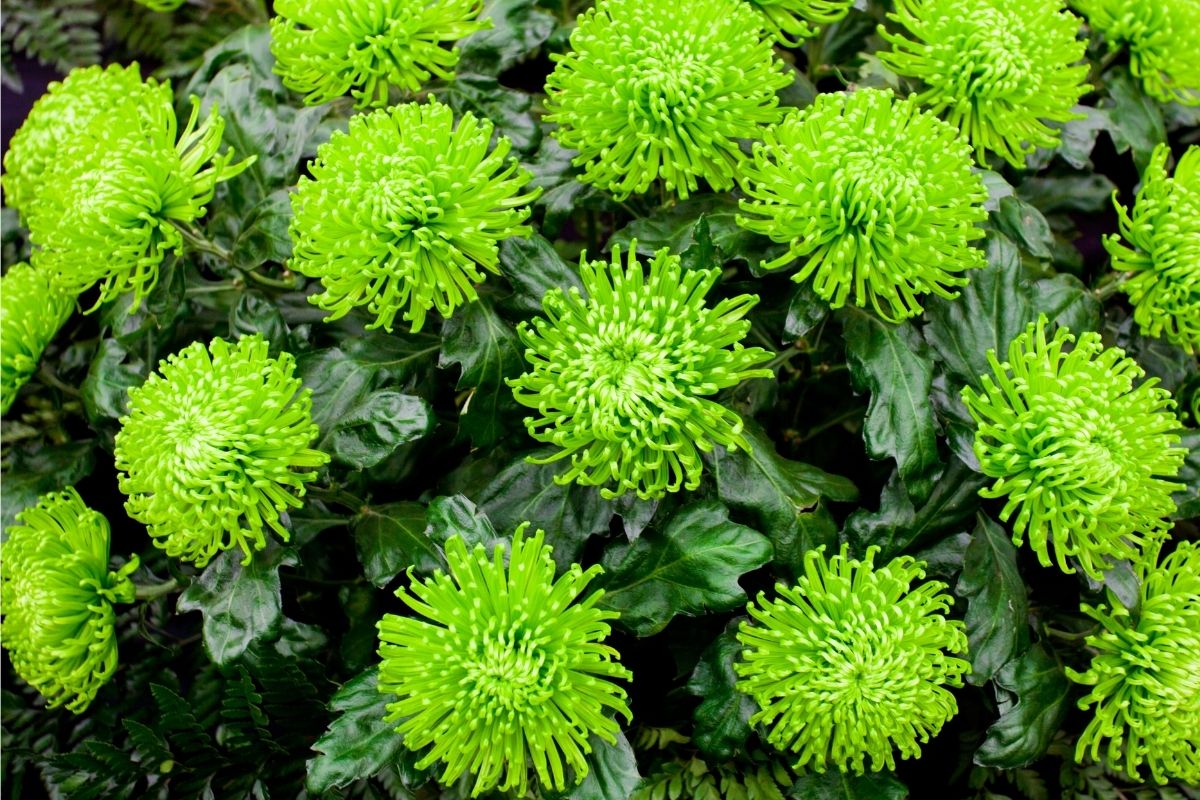
While they come in a variety of colors, the green variety is a particular standout in gardens and floral arrangements. The color is light enough to mimic the color of mint.
To take full advantage of green chrysanthemums, they should be planted at the beginning of spring for the flowers to remain in bloom through summer.
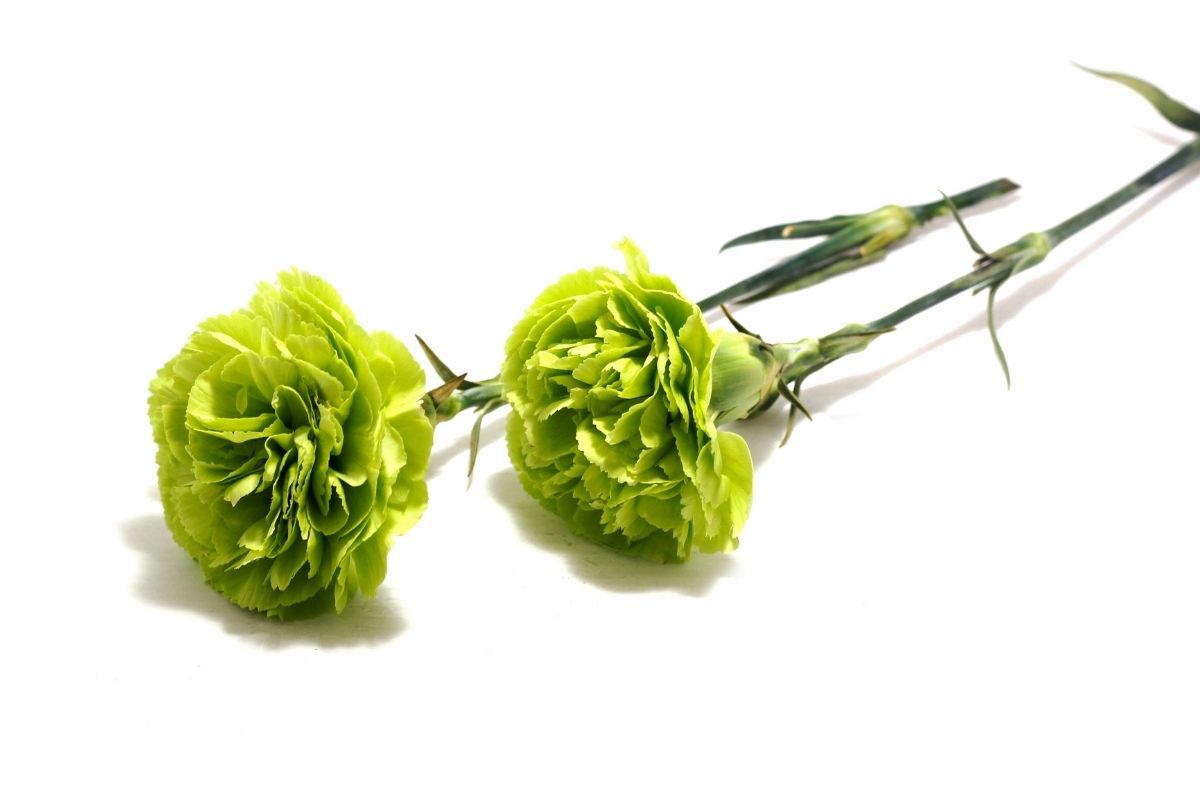
12. Carnation (Dianthus Caryophyllus)
Carnations have a long cultivation history of approximately 2,000 years, making them one of the most popular and well-known flowers in the world.
These flowers can appear in multiple colors, and they are most known for their strong and pleasant aroma that helps to attract pollinators.
The green carnation variety is a beautiful way to soften surrounding bright flowers in either a garden or floral arrangement.
13. Hellebore (Helleborus Viridis)
Belonging to the buttercup family, hellebores are another popular flowering plant native across Europe.
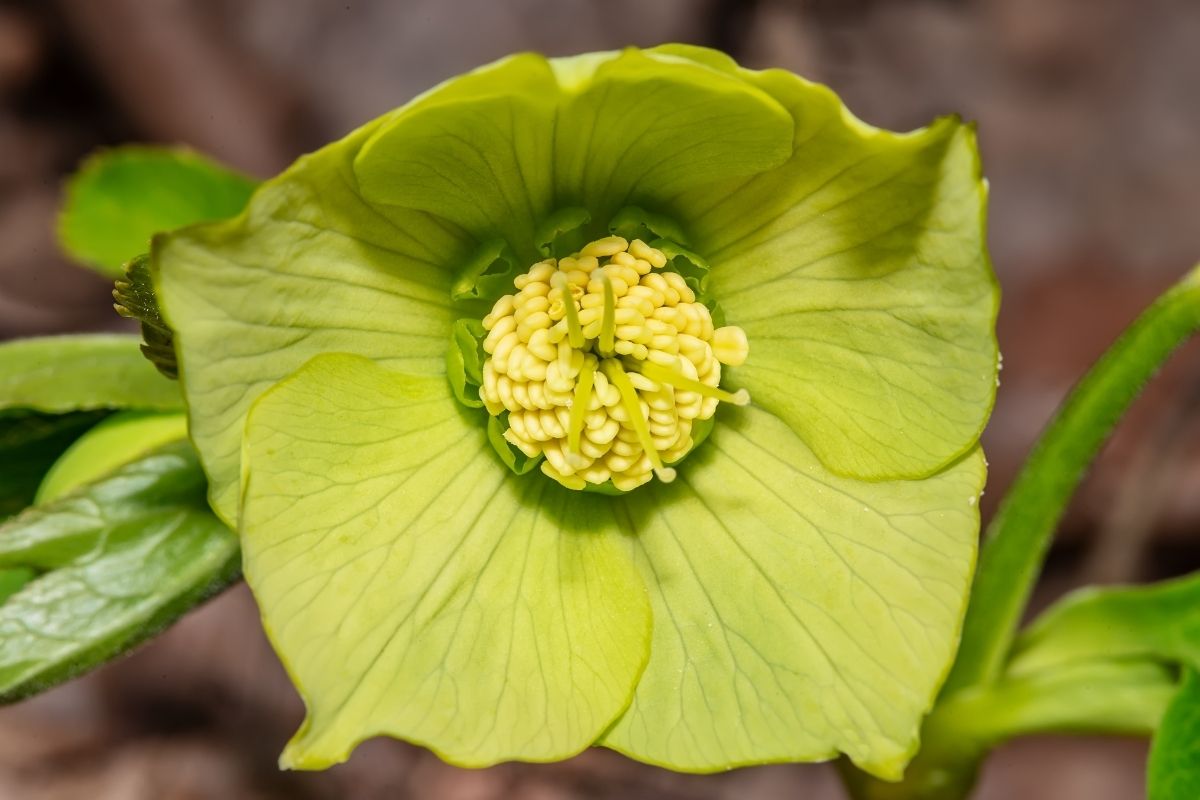
These flowers are easy to maintain and appear in early spring, which is ideal for introducing a splash of brightness into a garden shortly after the winter dormant season.
Most hellebores come in the common green variety, with each flower coming in varying shades of green.
Some are darker or lighter than others, and if you’re lucky, you can come across one with tones of light blue to mimic a mint shade.
14. Green Rose
Roses are most commonly associated with love, desire, and devotion. While the red variety is arguably the most popular, green roses are said to have existed since the 18th century!
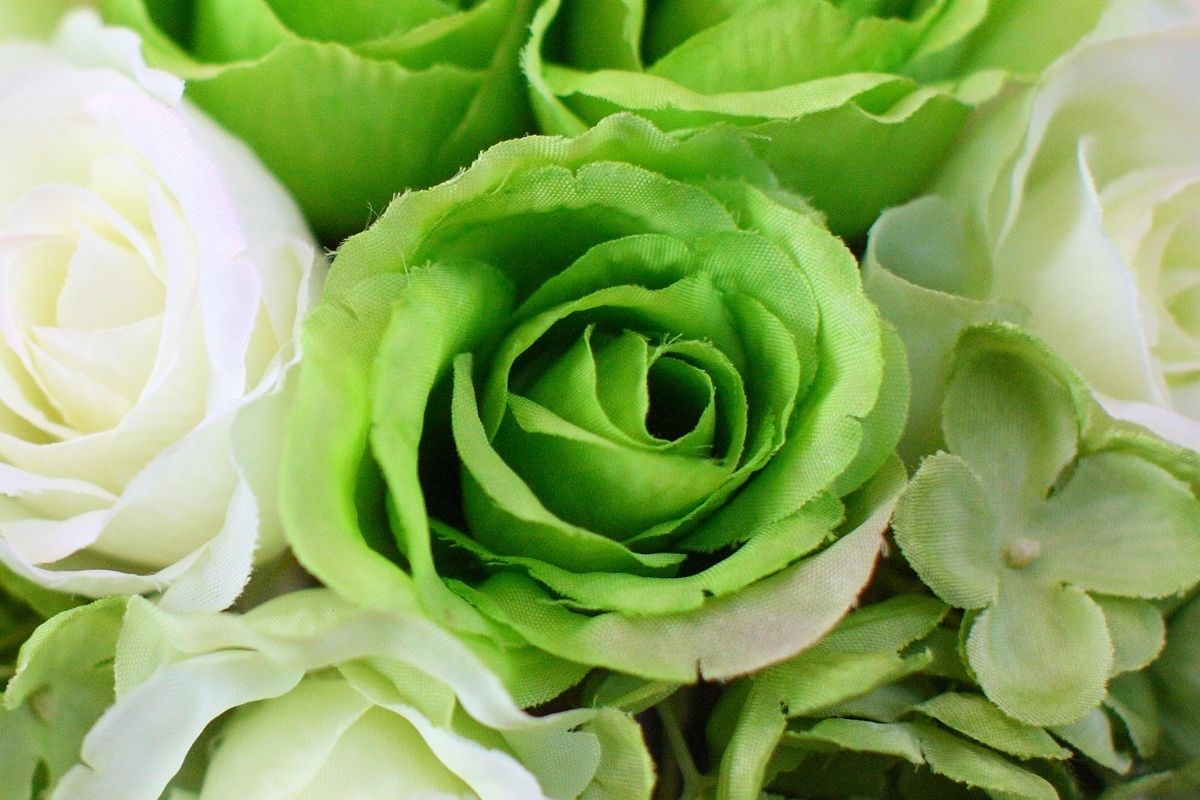
Green roses come in varying shades and vibrancy, with some appearing darker than others. Light green roses are ideal for providing a mint shade to a floral arrangement.
As with most roses, green roses are drought resistant and love to bloom in full sun. They also don’t possess a strong fragrance, which is ideal for those who dislike potent flowers.
15. Green Hydrangea
Hydrangeas are a beloved flowering plant found in gardens across the world.
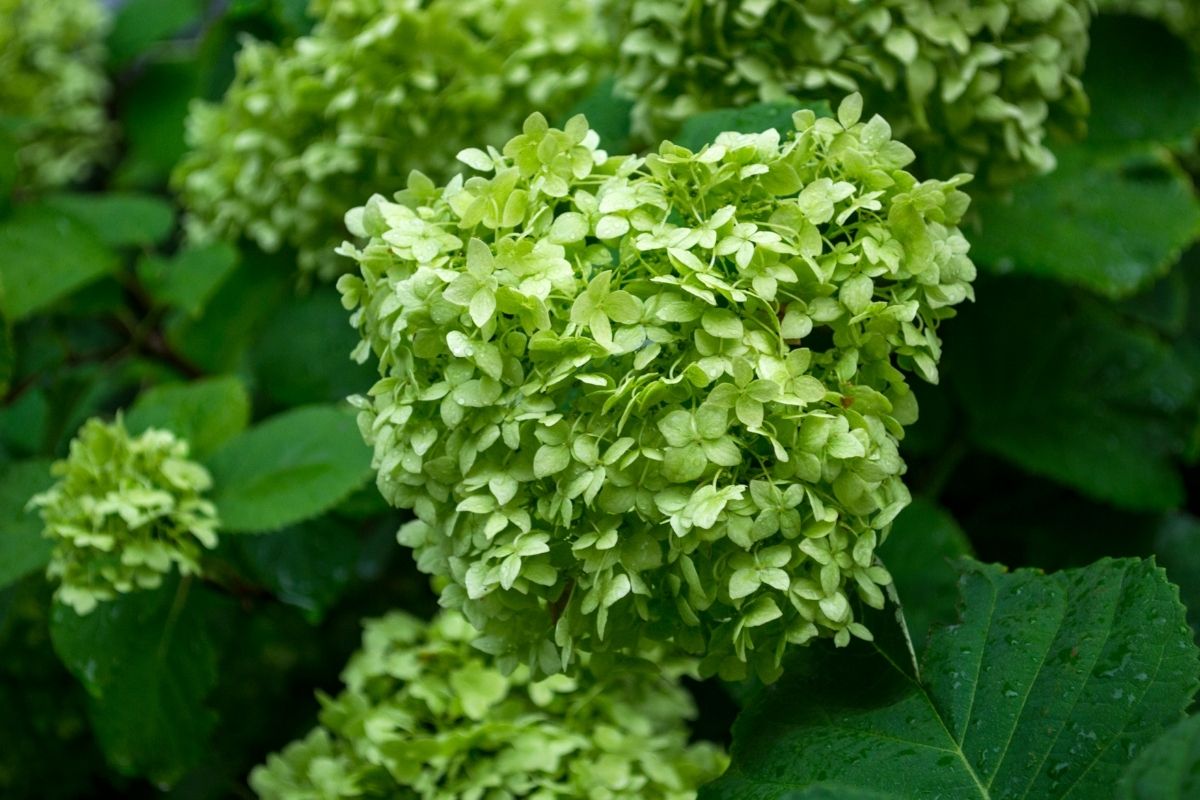
These flowering shrubs are known for producing large heads of flower clusters, which is ideal for filling out a large space in the garden.
Hydrangeas come in a variety of colors, and the light green variety is particularly good for achieving a mint-like appearance in a bouquet. There is also a blue variety for those who want a blue-toned mint appearance.
16. Forget-Me-Nots (Myosotis)
If you want a mint-colored flower that is closer to blue than green, forget-me-nots are ideal in both a flower bed and a floral arrangement.
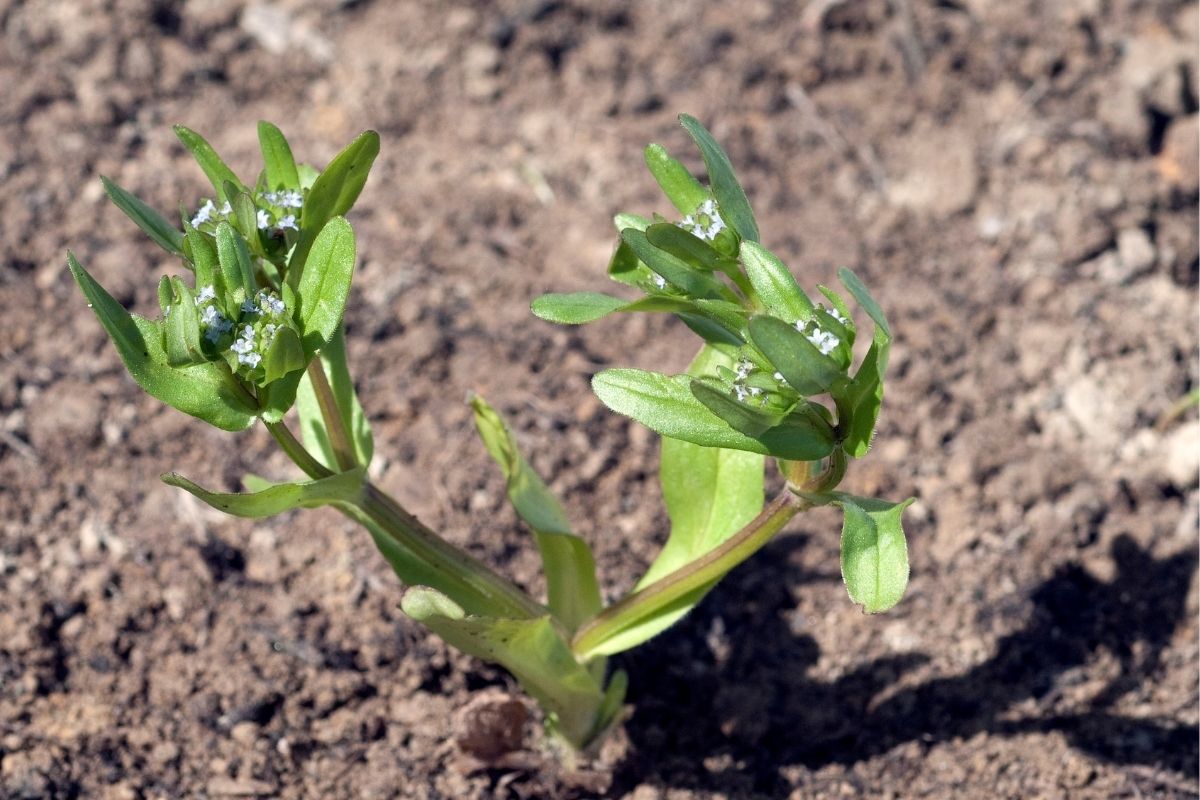
A symbol of unforgettable love, forget-me-nots are light blue flowers that often appear greenish from afar thanks to the pale yellow centers and stamens.
Conclusion
So, there you have it! Turns out there are far more mint plant flowers than you might have expected.
Mint plants don’t always flower, but when they do, it’s a true sign of happiness in their environment. Not only this, but mint flowers help to add a bit of floral decoration to a garden!
While it’s not common to find a naturally occurring mint-colored flower, there are still countless light green or blue flowers that can mimic artificial mint flowers for a floral arrangement or flower bed.
Editor’s Recommendations
10 Perfect Pear Flowers (With Pictures)







